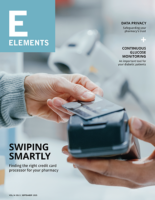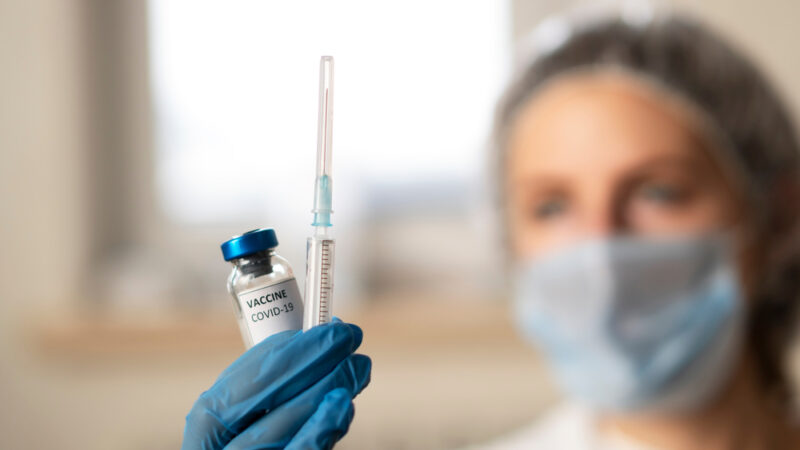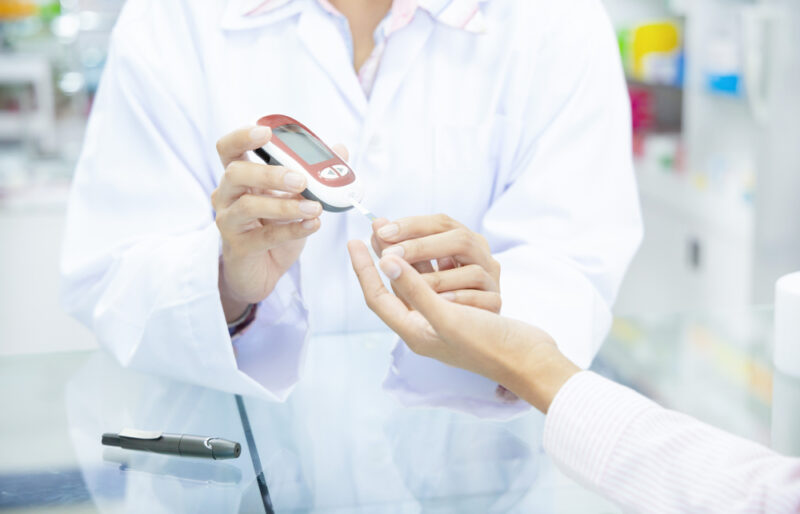When you waste time, you waste money. Use these five tips to take control of your schedule and save time at every level of your day.
1. Don’t multitask
Tackling multiple tasks at once might seem like a great time-saving hack, but multitasking can actually have the opposite effect.
Only 2.5 percent of people can actually multitask effectively. For the vast majority of people, multitasking hinders performance.
The mind can’t focus on multiple things at once. And every time you shift your attention, your productivity drops. That means that you’re less efficient overall and you’re more likely to make a mistake.
Correcting the mistakes you make while multitasking will make things more time-consuming in the long run. Plus, in a high-stakes situation like pharmacy, a momentary mistake like a medication error can have long-lasting and sometimes even fatal consequences.
2. Minimize meetings
It’s important to keep all your staff members on the same page, but if you’re holding too many meetings to do it, they could be having a detrimental effect on productivity.
Every moment you spend in a meeting is one you and your staff members aren’t spending on other crucial pharmacy tasks. A Harvard Business Review survey found that 65 percent of managers said meetings keep them from other work.
And it’s not just the time spent in the meeting — it’s also the time spent preparing for and decompressing from the meeting.
Don’t schedule a meeting unless you absolutely have to, and then, use these simple rules to make sure they aren’t unnecessarily wasting time:
- Create an agenda and stick to it
- Put one person in charge
- Only invite people who really need to be there
- Stick to a hard ending time
3. Improve your workflow
The faster you work, the more time you’ll save. While that’s an obvious principle, making that happen in your everyday processes isn’t easy. Many pharmacies use a clunky, ineffecient workflow without realizing it. Here are a few ways to streamline your processes behind the counter.
Evaluate your workflow
Many businesses simply function on autopilot, doing things the way they’ve always done them. Because in the past they worked. See if your pharmacy encounters these ineffeciences:
- Waiting. When one person waits for another to complete a task, valuable time goes to waste. That time could be spent completing other value-add activities. Where in your process does one staff member wait for another?
- Walking. Moving inventory an unnecessary distance or multiple times wastes valuable energy and time. For example, does your technician have to trek from one side of your space to the other for every prescription?
- Overprocessing. Don’t process more information than required to get patients what they need. For example, do you ask a patient to present her prescription when you’ve already received it electronically?
- Bottlenecks. Don’t let one step stall your entire process. For example, do you fill multiple bottles at once but then have to run each one individually through a pill counter?
Streamline movement
How many steps do your pharmacists and technicians take to get their work done? Eliminating unnecessary walking can save time and increase productivity.
Map out the typical travel route of a pharmacist or technician filling a prescription. Is there any way to bring the work closer to the worker? How about moving workstations closer together?
It may seem trivial to reduce the number of steps your employees take, but over time those steps add up to significant lost time.
Implement stations
Does a single technician push prescriptions through the entire workflow alone?
Take a cue from Ford’s assembly line. Instead of having one person fulfill the prescription from start to finish, assign each staff member a particular role.
Consider creating stations manned by designated employees. For example, one tech always counts the pills while another tech puts on the labels.
This approach reduces errors, minimizes duplicate efforts, and speeds up the process. It also boosts employee satisfaction by making the work easier, more effective, and less frustrating.
4. Have a reliable secondary
Don’t let your search for the best prices on pharmaceuticals eat up your day. Instead of spending an hour or two browsing the websites of secondary suppliers, stick with one reliable secondary, like Buyline®.
Shopping with Buyline will save you time because you won’t need to comparison shop — BuyLine has the lowest prices in the secondary market, and you’ll get up to 10% in cash rebates on generic products and up to WAC -4% on all brand items.
5. Automate whenever possible
One of the best ways to save time in the pharmacy is to take advantage of new technology. When you outsource more tedious pharmacy tasks to technology, you free up time to counsel patients, do community outreach, and grow other parts of your business.
Although these technologies often have upfront costs, the added efficiency makes up for it in the long run. Here are a few ways you can automate.
Workflow automation
There are plenty of opportunities to automate the process of getting prescriptions to patients.
Pharmacy robotics can take care of a large portion of your filling, allowing you and your techs to focus on the prescriptions that must be manually distributed. “Each time we’ve added more automation, we’ve been able to increase prescription volume, and we’ve been able to grow,” said pharmacist and owner Kevin McCullough, who uses two fully automatic robots that handle 70 percent of the pharmacy’s prescriptions.
After prescriptions are filled, you can reduce the time you spend searching for them in will call significantly by introducing an automated will call technology. “It has cut the will call process from minutes to seconds,” said Greg Mullins, pharmacist and owner of Wildcat Pharmacy, who uses scripClip. “I would not want to go back to not having it in my pharmacy.”
IVR phone system
You and your staff members can spend less time on the phone by introducing an interactive voice response system. This technology answers the phone for you and directs patients to where they need to go.
If a patient needs to talk to the pharmacist, they can still get through, and patients who simply need to fill a prescription can do so through the phone system without taking up pharmacy employees’ time.
Primary purchasing
For a price-conscious pharmacy, mastering your primary wholesaler contract can be a time-suck. A pharmacy’s cost of goods is primarily tied to a variety of complicated terms and incentives that are nearly impossible to keep up with in real time. For example, a pharmacy wholesaler contract may include a brand discount, brand rebate, and generic rebate, each with its own tiered incentive structure based on a certain volume of purchases relative to certain commitments in certain categories and with certain formularies. And any given purchase affects your compliance to those incentives, meaning any given purchase could reduce your rebates if you buy incorrectly.
But with a service like ProfitGuard®, you can take all those decisions off your plate so you can focus on other pharmacy tasks. ProfitGuard can automate your purchasing decisions to maximize your rebates and savings by ensuring you meet every single incentive in your primary contract while also snagging the best list prices.
“It’s the industry game-changer for the independent pharmacy owner or operator,” said Huy Duong, owner of Dale’s Pharmacy in Fort Lupton, Colorado. “There’s nothing out there like it on the market.”
A Member-Owned Organization Serving Independent Pharmacies
PBA Health is dedicated to helping independent pharmacies reach their full potential on the buy side of their business. The company is a member-owned organization that serves independent pharmacies with group purchasing services, expert contract negotiations, proprietary purchasing tools, distribution services, and more.
An HDA member, PBA Health operates its own NABP-accredited (formerly VAWD) warehouse with more than 6,000 SKUs, including brands, generics, narcotics CII-CV, cold-storage products, and over-the-counter (OTC) products.
Want more pharmacy business tips and advice? Sign up for our e-newsletter.












